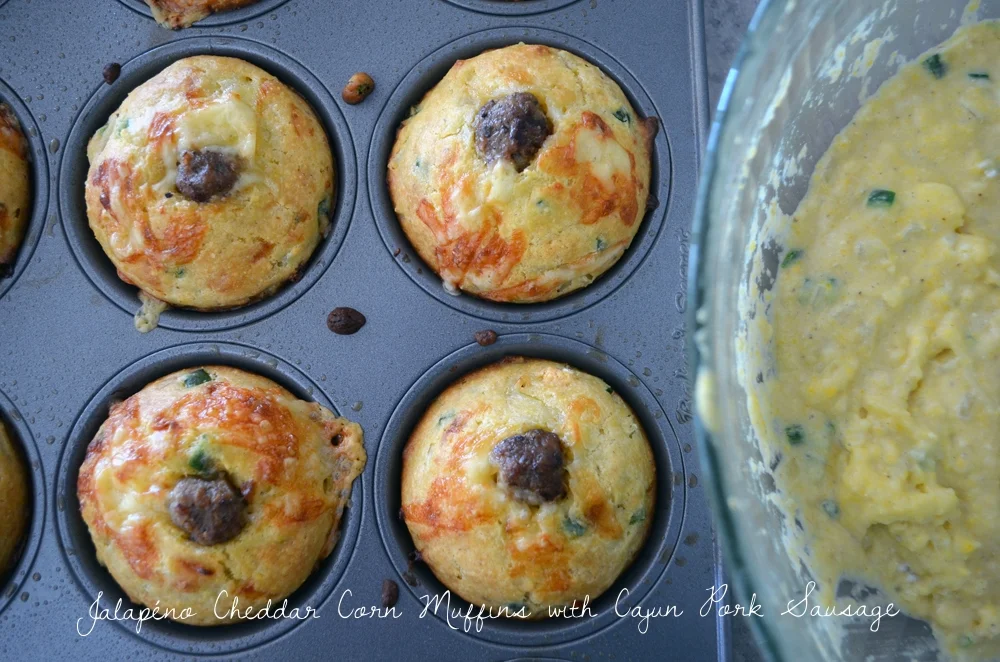Are You Nuts About Pesto?
/I'm nuts about pesto. A roving crop of basil, along with a good assortment of nuts to choose from is a pesto party in the making; the possibilities are endless. And this year, my herb garden is bustling with my favorite aromatic herb. Basil varieties like boxwood, Italian, lettuce leaf, Christmas, and Thai are growing happily outside the kitchen windows and next to the heirloom tomatoes and hot peppers in the rooftop garden.
I even tried my hand at making herb infused compound butters like Christmas (cinnamon) basil and maple syrup. When it comes to pesto, I'm not bias to blending this most beloved herb. I gave cilantro and even the arugula a whirl and the outcome was delicious; cilantro has a bright vibrant flavor, and arugula is spicy, smooth and peppery. I dabbled with almonds for the cilantro pesto (a recipe inspired by my friend Jennifer), walnuts for the arugula pesto, peanuts for the thai basil pesto, and pine nuts for the Italian and lettuce leaf basil pesto (cheese-free option to suffice my good friend Emilio who is on a Paleo diet).
Don't be afraid to experiment with whatever herb or green you may have. Making pesto is very easy, all you need is a handy food processor and your favorite herb. Give these four recipes a spin and I'm sure they will delight folks with the nuttiest of diets.
Pesto Recipes
Italian and Lettuce Basil Pesto
- 4 cups of "common" basil, washed then dried
- 1/2 cup of extra virgin olive oil
- 1 clove of garlic
- 1/2 cup pine nuts, toasted until golden brown, then cooled.
- 1/2 lemon, juiced
- 1 teaspoon of sea salt, to taste
- 1/2 teaspoon of pepper, to taste
note: great for pasta, tomato sandwiches and an omelette
Thai Basil Pesto
- 4 cups of Thai basil, washed, then dried
- 2 garlic cloves
- 4 tablespoons of dry roasted peanuts
- 1.5 tablespoon of sugar
- 3 tablespoons of dark sesame oil
- 2 tablespoon of fish sauce
- 2 tablespoon of rice vinegar
- 2 teaspoon of crushed pepper
- pinch of salt and pepper
note: great for grilled chicken and fish, shellfish, rice and soup.
Cilantro Pesto
- 4 cups of cilantro, washed, then dried
- 1 lime, juiced
- 1 garlic clove
- 1/2 cup of raw almonds, toasted until golden brown, then cooled
- 1/2 cup of extra virgin olive oil
- 1 teaspoon of salt
- 1 teaspoon of pepper
note: great for baked fish, tacos, tomato salad and sandwiches.
Arugula Pesto
- 4 cups of arugula, washed, then dried
- 1/2 lemon juiced
- 2 garlic cloves
- 1 cup of walnuts, toasted until fragrant, then cooled
- 1 cup of pecorino Romano
- 1 cup of extra virgin olive oil
- 1 teaspoon of sea salt, to taste
- 1 teaspoon of pepper, to taste
note: great for pasta, tomato salad, sandwiches and bruschetta
Directions
For each pesto recipe above the process is the same.
In a food processor purée all ingredients until smooth. Pesto may be made ahead of time and refrigerated. It also freezes well for later use.













































